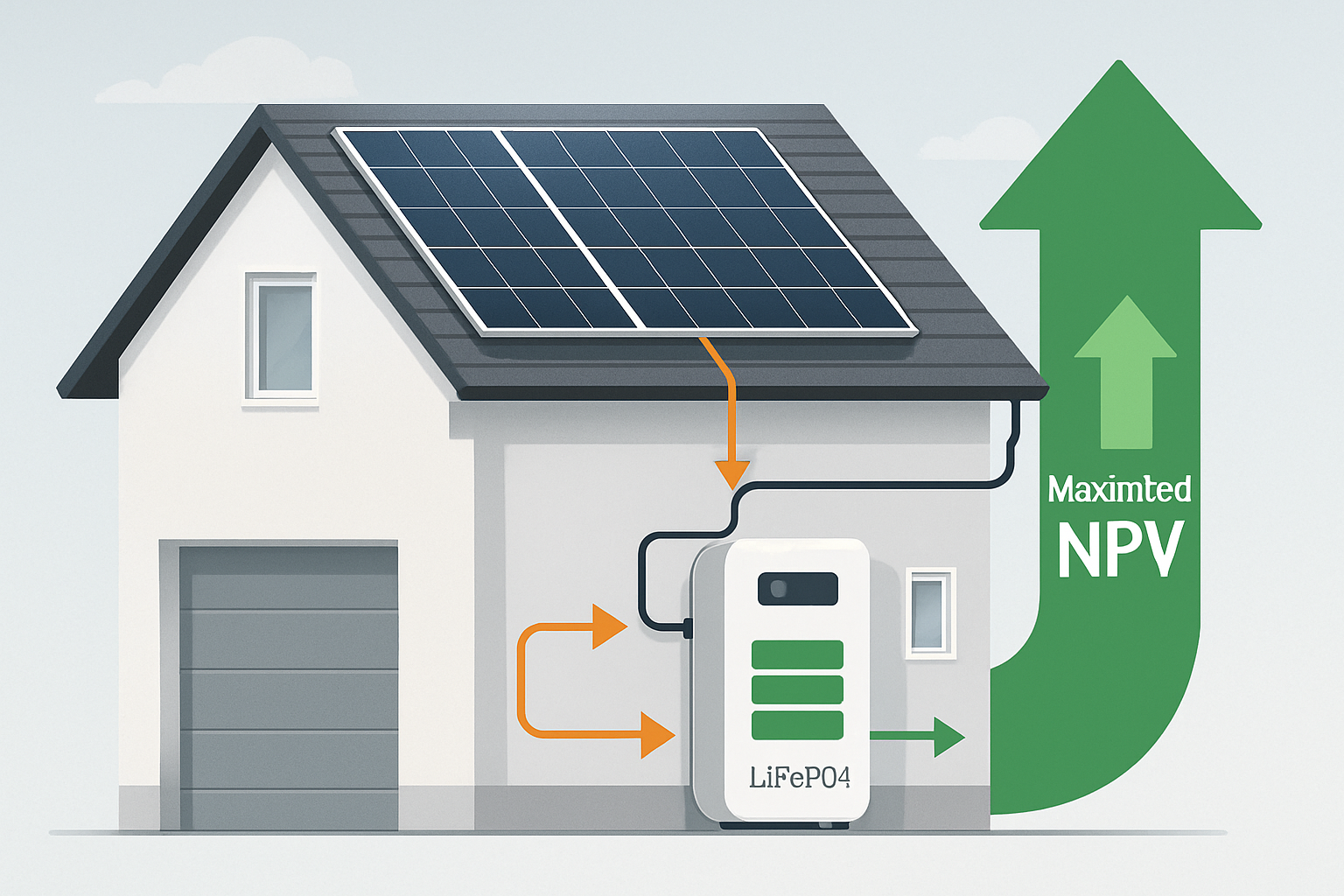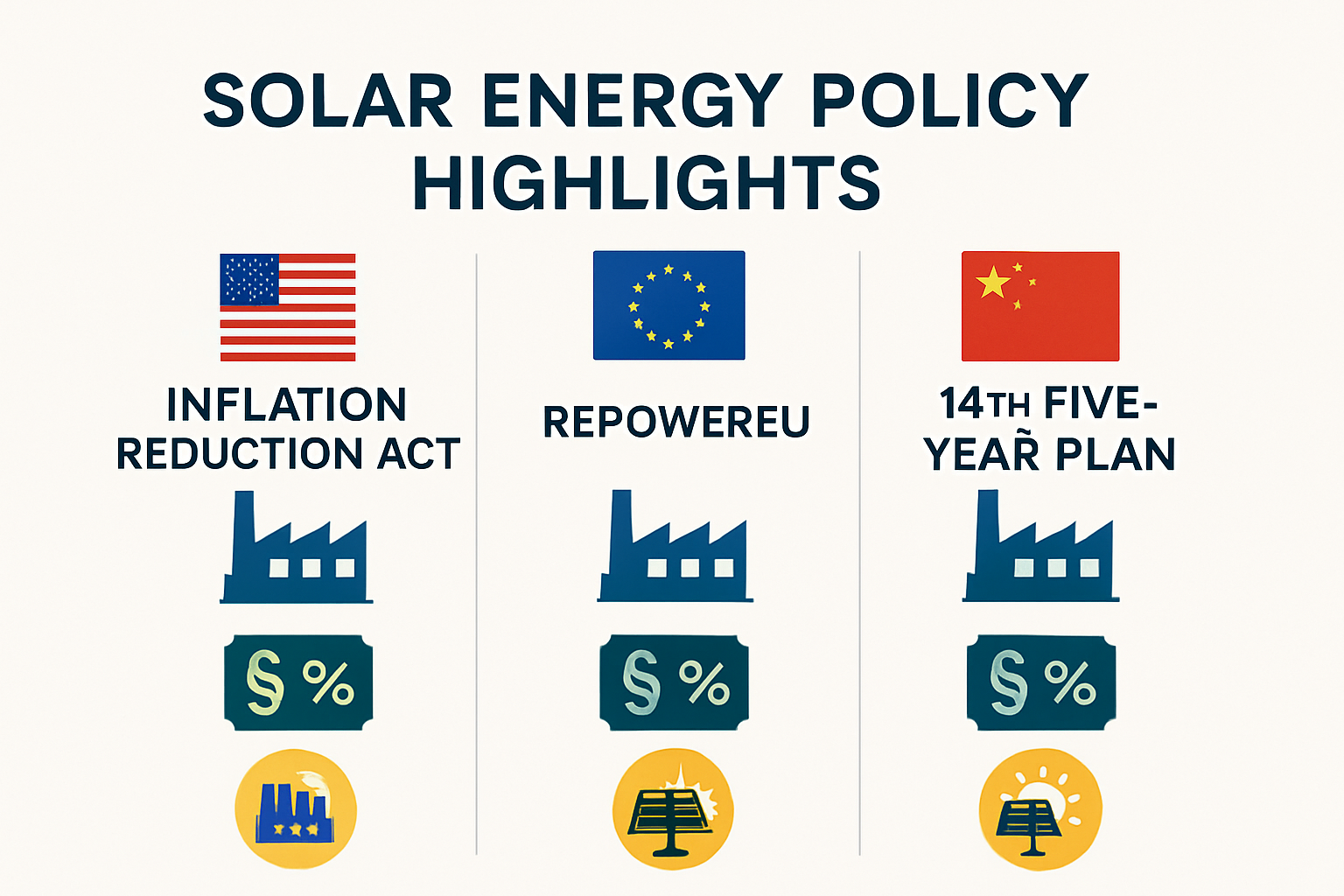The initial price of solar panels is often the first thing people look at. In this comparison, thin-film solar panels frequently appear as the more budget-friendly option compared to their crystalline silicon counterparts. This raises a critical question for any potential solar investor: does that lower upfront cost translate into genuine long-term value, or is it a false economy that leads to higher costs down the road? The answer isn't a simple yes or no; it depends on a careful evaluation of technology, performance, and your specific application.
Understanding the Core Technology: What Sets Thin-Film Apart?
Before comparing costs, it's useful to know the fundamental differences in how these panels are made. Unlike traditional crystalline silicon panels, which are built around rigid silicon wafers, thin-film panels are constructed differently.
The Thin-Film Manufacturing Process
Thin-film photovoltaics (PV) are created by depositing one or more thin layers of semiconductor material onto a substrate, such as glass, plastic, or metal. This process is highly automated and can even involve roll-to-roll printing, which significantly reduces manufacturing costs and material usage. According to the IEA's Solar Energy Perspectives report, this automated manufacturing was a key factor in driving down their initial costs. The main types of thin-film technology include:
- Cadmium Telluride (CdTe): The most common type of thin-film panel, known for its cost-effectiveness and strong performance. Research from the National Renewable Energy Laboratory (NREL) was instrumental in validating CdTe technology for mass production, as highlighted in an EERE Success Story.
- Copper Indium Gallium Selenide (CIGS): These cells offer higher efficiencies than other thin-film types and have good performance, though they are often more complex to manufacture.
- Amorphous Silicon (a-Si): This is the oldest thin-film technology. While its efficiency is lower, its flexibility makes it suitable for unique applications.
Key Distinctions from Crystalline Silicon
The primary difference lies in efficiency and form factor. Crystalline silicon panels are generally more efficient, meaning they can generate more power from a smaller area. Thin-film panels are lighter, more flexible, and often have a sleeker, more uniform black appearance, which some find more aesthetically pleasing. This makes them a candidate for applications beyond standard rooftops, such as building-integrated PV (BIPV).
The Cost Equation: Upfront Price vs. Lifetime Value
A panel's sticker price is only one part of the total cost of a solar energy system. To determine the true economic value, you must consider efficiency, performance, and long-term energy production.
Efficiency's Impact on System Costs
While thin-film panels may cost less per watt, their lower efficiency means you need more panels—and thus more space—to achieve the same total power output as a system using crystalline silicon panels. This directly impacts the Balance of System (BOS) costs, which include racking, wiring, inverters, and installation labor. As the IEA's Technology Roadmap for Solar Photovoltaic Energy points out, higher module efficiencies drive down overall system costs, especially area-related expenses like mounting hardware and labor.
| Metric | Crystalline Silicon System | Thin-Film System |
|---|---|---|
| System Goal | 6 kW | 6 kW |
| Panel Efficiency | 21% | 18% |
| Panel Wattage | 400W | 300W |
| Number of Panels Needed | 15 | 20 |
| Approximate Roof Area | 30 m² | 40 m² |
| Potential Impact | Lower BOS costs (less racking, faster installation) | Higher BOS costs (more racking, longer installation) |
Note: This table uses illustrative figures for comparison. Actual values vary by manufacturer and specific model.
Performance in Real-World Conditions
Solar panel performance is not just about peak efficiency in a lab. Real-world conditions like heat and indirect sunlight play a significant role. Thin-film panels often have a better temperature coefficient, meaning their power output degrades less in high temperatures compared to crystalline silicon. This can be a distinct advantage in hotter climates, allowing them to produce energy more consistently during the hottest parts of the day.
Durability, Degradation, and Long-Term Output
The longevity of a solar panel is critical to its lifetime value. Early generations of thin-film technology faced skepticism about their durability, but modern advancements have changed the landscape.
Lifespan and Degradation Rates
Modern thin-film panels now offer lifespans and warranties that are competitive with their crystalline counterparts. The IEA notes that thin-film technologies now provide lifetimes nearly on par with crystalline silicon. However, degradation rates—the gradual loss of power output over time—can differ. While some thin-film types may experience a slightly higher initial degradation, their long-term rate often stabilizes. A thorough review of the manufacturer's warranty and performance data is essential.
Proven Applications and Reliability
Thin-film technology has proven its reliability in large-scale utility projects where its lower cost and strong performance in high temperatures are major assets. The flexibility and light weight of certain thin-film panels also open up new possibilities. The IEA Technology Roadmap identifies thin-film as a primary candidate for building-integrated applications, where solar materials could become a standard feature of roof tiles, facades, and windows.
Making the Right Choice for Your Needs
Deciding between thin-film and crystalline silicon is not about choosing a winner, but about selecting the right tool for the job. The cost-effectiveness of thin-film panels is highly dependent on the specific circumstances of the installation.
When Thin-Film Is a Strong Contender
- Large, Utility-Scale Projects: When ground space is plentiful, the lower panel cost can lead to significant overall project savings, even with higher BOS costs.
- Hot Climates: The superior temperature coefficient can result in better energy yield over the system's lifetime.
- Flexible or BIPV Applications: For curved surfaces, lightweight roofs, or integrated architectural designs, thin-film is often the only viable option.
- Aesthetics: The uniform, sleek appearance is preferred by some homeowners and architects.
When Crystalline Silicon Often Prevails
- Residential Rooftops: Limited roof space makes efficiency paramount. Crystalline silicon's higher power density maximizes energy production in a small area.
- Projects with High Labor Costs: Fewer panels to install means lower labor costs and a faster installation process.
- Maximizing Power Output: If the primary goal is to generate the absolute most power possible from a given area, high-efficiency crystalline panels are the clear choice.
Disclaimer: The information provided is for educational purposes only and does not constitute financial or investment advice. You should consult with a qualified professional solar installer to assess your specific needs and determine the best solution for your property.
A Smarter Evaluation Beyond the Price Tag
The idea that cheaper thin-film panels are a false economy is an outdated myth. Modern thin-film technology is reliable, durable, and highly effective in the right context. However, its economic viability hinges on more than just the initial purchase price. A comprehensive analysis must account for efficiency, available space, local climate, and total installed cost. For residential installations with limited space, the higher efficiency of crystalline silicon often provides better long-term value. For large-scale or specialized applications, thin-film's unique advantages can make it the smarter economic choice.
Frequently Asked Questions
Do thin-film solar panels last as long as traditional panels?
Modern, high-quality thin-film panels have lifespans and warranty periods comparable to traditional crystalline silicon panels, typically warrantied for 25 years of power output.
Are thin-film panels less efficient?
Yes, thin-film panels generally have lower conversion efficiencies than crystalline silicon panels. This means they require a larger surface area to produce the same amount of power.
Why are thin-film panels cheaper?
Their manufacturing process is less material-intensive and more automated. They use thin layers of semiconductor material instead of solid silicon wafers, which reduces both material and production costs.
Can I use thin-film panels for my home?
Yes, you can use thin-film panels for a residential installation. They are a particularly good choice if you have ample roof space, live in a very hot climate, or desire their sleek, uniform aesthetic. However, if your roof space is limited, crystalline silicon panels will likely provide a better return on investment by maximizing power generation.




Leave a comment
All comments are moderated before being published.
This site is protected by hCaptcha and the hCaptcha Privacy Policy and Terms of Service apply.